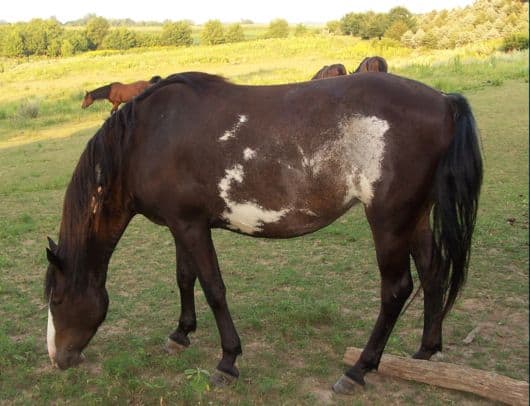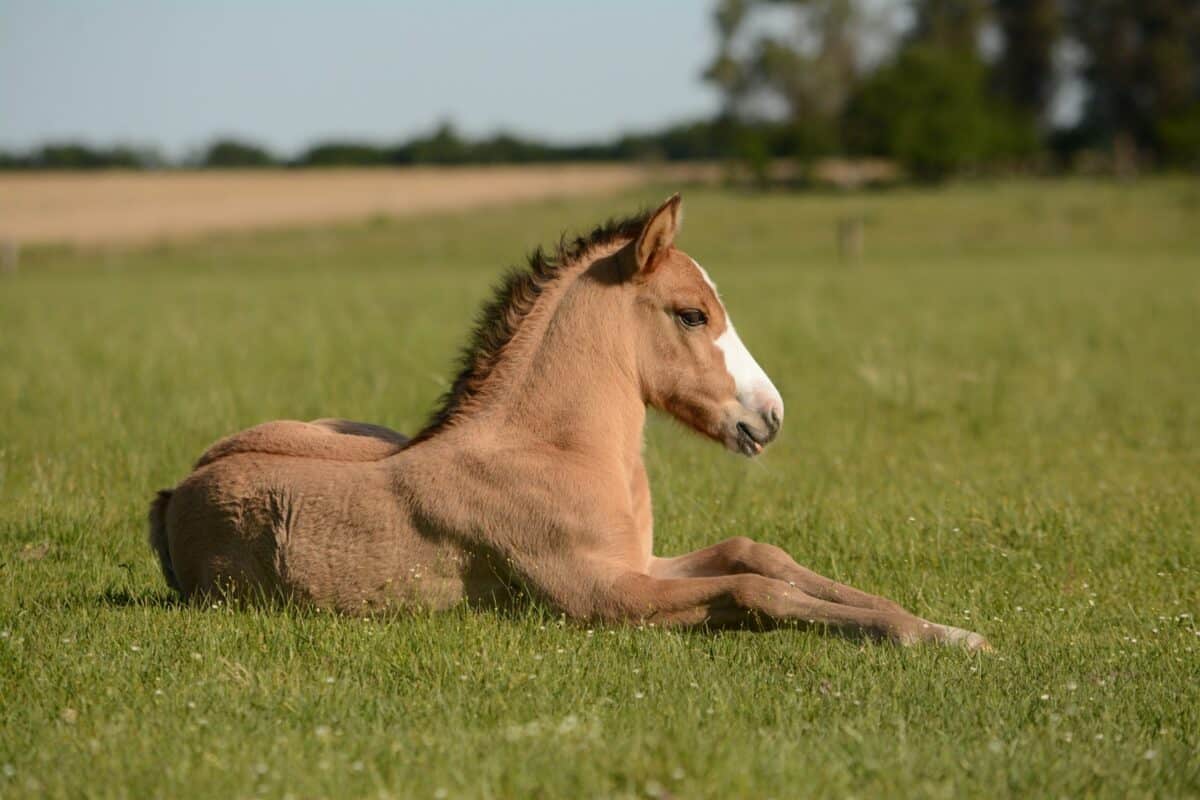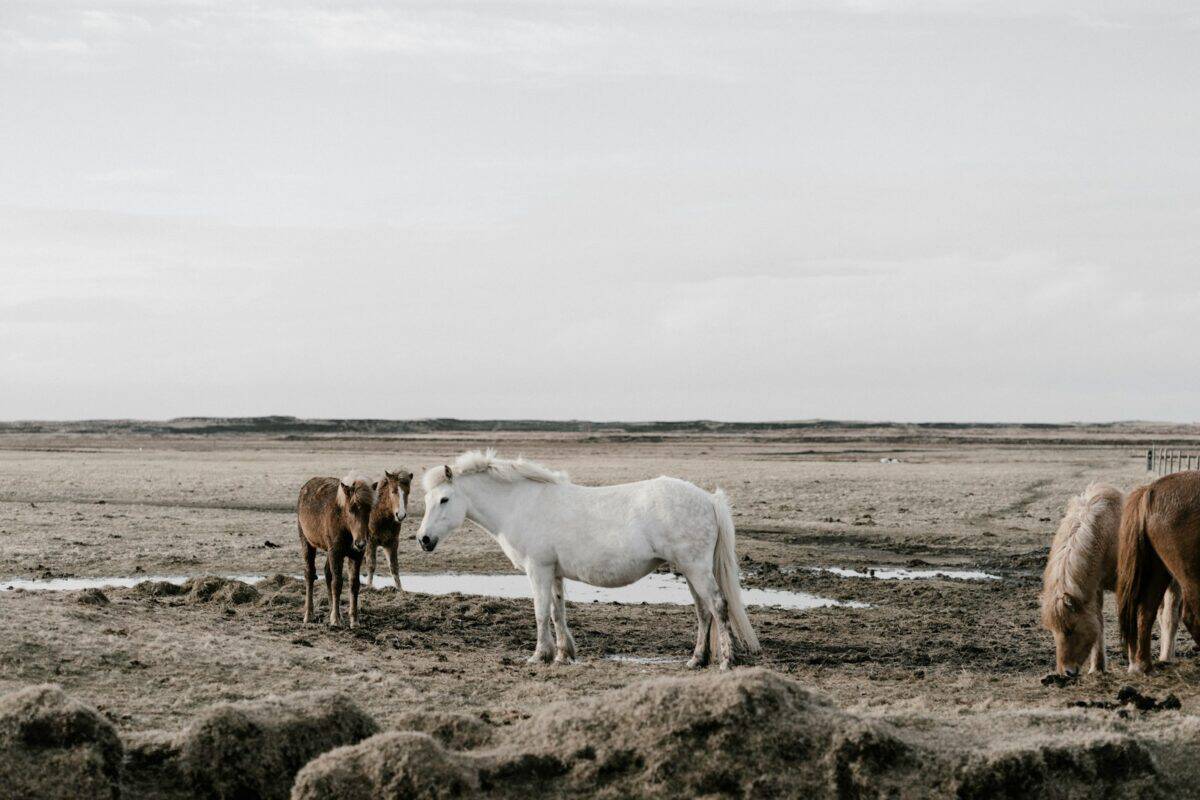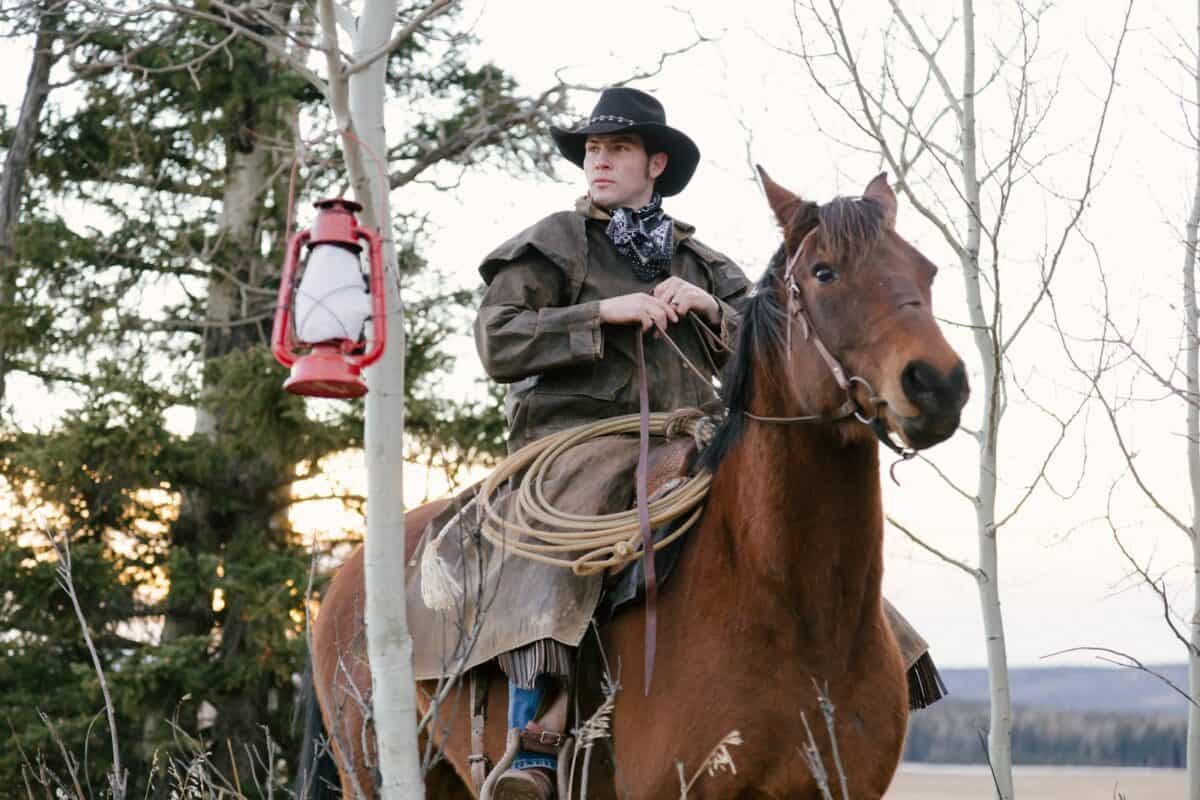On the windswept shores of the Outer Banks in North Carolina, an extraordinary sight greets visitors—a herd of wild horses galloping along the pristine beaches. These majestic creatures have roamed this region for centuries, captivating the imagination of locals and tourists alike. However, their origins remain shrouded in mystery, sparking curiosity and debate among historians and scientists.
A Legacy Dating Back Centuries

The wild horses of the Outer Banks, also referred to as “Banker Horses,” have been residing in the area for hundreds of years. Historical records suggest that these horses have been present since the early 16th century, though their exact arrival date remains uncertain. Their long-standing presence adds an intriguing element to the cultural and historical tapestry of coastal North Carolina.
Traces of Spanish Heritage

One prevailing theory about the origins of the Outer Banks’ wild horses suggests a Spanish connection. It is believed that these horses are descendants of Spanish mustangs brought to the New World during the era of exploration. Some historians propose that they are remnants of a shipwreck, wherein horses swam to shore and established a new life on the banks.
Navigating Harsh Coastal Environments

Despite the harsh coastal environment, these horses have adapted remarkably well to their surroundings. The sandy dunes, salty air, and fluctuating weather conditions present unique challenges, yet the Banker Horses have successfully thrived due to their endurance and adaptability, evoking a sense of awe and admiration for their tenacity and survival instincts.
Distinctive Physical Characteristics

The wild horses of the Outer Banks are known for their unique physical traits. Typically small in stature, standing around 14 hands high, they exhibit a blend of sturdy builds and strong, compact bodies designed for resilience. Their coats, ranging in color from rich chestnuts to sleek blacks, render them both striking and camouflaged against the shifting dunes.
Independent Yet Social Creatures

Despite their wild nature, the Banker Horses maintain a structured social hierarchy. They often form groups known as bands, typically led by a dominant stallion and consisting of mares and their offspring. These social structures facilitate cooperation and communication, aiding in the horses’ survival and protection against potential threats.
Unexpected Challenges and Threats

While the isolation of the Outer Banks has allowed the horses to live undisturbed, they face increasing challenges. Human encroachment, habitat loss, and environmental shifts pose significant risks. Conservation efforts try to balance the needs of these horses with the growing demands of the region’s human population.
Preservation Efforts and Conservation Plans

In response to these challenges, numerous conservation programs and advocacy groups have emerged, committed to safeguarding the future of the Outer Banks horses. These initiatives involve partnerships between Federal and State agencies, emphasizing habitat protection, population management, and public awareness to ensure these horses continue to thrive.
Ecotourism and Community Impact

The wild horses attract a substantial number of tourists each year, providing a boost to the local economy through ecotourism. Guided tours and educational programs offer individuals unique encounters with these horses, fostering appreciation and support for ongoing conservation efforts while simultaneously benefiting the community.
Cultural Significance and Folklore

Beyond biology and ecology, these horses have woven themselves into the cultural fabric of the Outer Banks. Local folklore and traditions celebrate their presence, with stories passed down through generations enhancing the mystique surrounding the horses’ origins and adaptation, reinforcing their status as icons of endurance and spirit.
Exploring the Unknown Origins

Theories regarding the horses’ precise origins continue to be subjects of speculation and academic interest. Researchers use genetic studies in hopes of unraveling the mystery, contributing to a deeper understanding of their history and genetic lineage. Each study adds pieces to a historical puzzle that has fascinated experts for decades.
The Wild Horses’ Legacy

The presence of wild horses on the Outer Banks represents more than just a biological curiosity; it is a symbol of survival, adaptation, and historical intrigue. Their legacy endures not only in the physical landscape but in the hearts and minds of those who have witnessed their untamed grace. As conservationists work tirelessly to ensure their preservation, the horses continue to thrive—emblems of the mysterious past that still wander the sands and seas of North Carolina.
The wild horses of the Outer Banks embody a confluence of history, mystery, and natural beauty. While their full origins remain elusive, these horses continue to captivate and inspire. As we strive to protect their future, this enduring symbol of freedom serves as a reminder of nature’s resilience and the wonders left to uncover along the Carolina coast.
- The Most Unusual Sharks Ever Found in Deep Waters - August 15, 2025
- How to Gently Introduce New Chickens to an Existing Flock - August 15, 2025
- Hummingbirds Remember Every Flower - August 15, 2025

